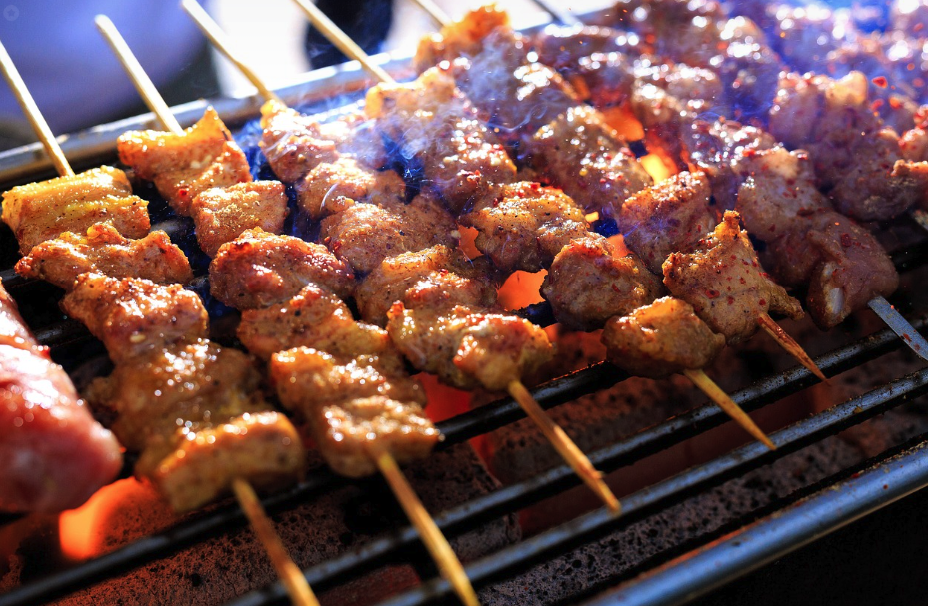Walking through a modern food festival reveals a striking transformation. What began as simple gatherings centered around regional dishes has evolved into sophisticated culinary showcases where artisanal snack makers often steal the spotlight from traditional meal vendors. This shift represents more than just changing tastes – it signals a fundamental restructuring of how we experience food in public spaces.
From Fine Dining to Festival Grounds
The artisanal food movement didn’t start on the streets. Its origins trace back to fine dining establishments where chefs emphasized house-made components and locally-sourced ingredients. Economic shifts pushed many culinary professionals out of conventional kitchens and into more accessible ventures.
Meanwhile, consumers began questioning industrial food systems. The desire for transparency about ingredients and production methods created an opening for small-batch producers who could tell compelling stories about their products.
The explosion of food festivals provided the perfect venue for these entrepreneurs. Lower overhead costs compared to restaurants and direct consumer feedback created an ideal testing ground for innovative snack concepts.
Today’s Snack Entrepreneurs
The typical artisanal snack vendor differs a lot from traditional street food sellers. Most have formal culinary training or deep food knowledge. They are overwhelmingly millennials and Gen Z creators who understand both social media marketing and ingredient sourcing. Their businesses typically launch at festivals before expanding to online sales, and eventually, retail distribution.
What separates these artisans from conventional vendors is their approach to ingredient quality and creative development. While a typical beef jerky producer might focus on shelf stability and consistent flavor, artisanal makers experiment with unexpected marinades and smoke profiles, prioritizing distinctive tastes over preservation.
From Gas Station Staple to Craft Delicacy
Perhaps no snack category better illustrates this transformation than beef jerky. Once relegated to gas station checkout counters, dried meat has undergone a remarkable reinvention. Many artisanal producers now source grass-fed beef from regenerative ranches within their regions. Small batches marinate for extended periods in solutions featuring ingredients like cold- brew coffee, fermented chili paste, or local honey before lengthy smoking processes over different hardwoods.
These premium products retail for three to four times the price of conventional brands – yet consistently sell out at urban food festivals. Consumer perceptions have shifted accordingly, with many festival attendees now viewing jerky as a potential gourmet item rather than merely a convenience food.
The Expanding Artisanal Snack Universe
While reimagined meat products generate significant attention, they represent just one segment of the artisanal snack revolution. Across festival grounds, vendors are reinventing familiar formats with unexpected approaches.
Popcorn has emerged as an especially versatile canvas for seasonal varieties featuring ingredients like butternut squash, sage, brown butter, or flavors inspired by global street foods. Nut processors have similarly elevated their offerings with techniques borrowed from French patisserie. Many undergo multi-day processes involving multiple caramelization stages and proprietary spice blends.
Plant-based options have proliferated as well, with vegetables transformed into delicate chips using techniques adapted from tempura preparation. Each vegetable requires a different approach to highlight its natural characteristics.
How Snacks Transform Festival Experiences
The rise of artisanal snack vendors has fundamentally changed how people experience food festivals. While full-meal vendors still anchor these events, snack sellers provide crucial complementary offerings that allow for grazing rather than committing to one or two large meals.
The most successful festival snacks share key characteristics: they’re portable, relatively neat to eat while walking, and provide distinctive flavor experiences in just a few bites. Many are designed specifically for social media sharing, featuring vibrant colors or interesting textures that photograph well.
Artisanal snacks also extend the festival experience beyond the event itself. Shelf-stable items become souvenirs, allowing consumers to revisit the experience days later and share with friends who didn’t attend.
The Business Side
From a business perspective, snack vending offers distinct advantages. Startup costs typically range from $10,000-30,000 – substantially lower than full-service food trucks. Production can usually begin in shared commissary kitchens rather than dedicated facilities, keeping overhead manageable.
Profit margins vary significantly by category but typically range from 40-70%, compared to 30- 50% for prepared meal vendors. This differential reflects both premium pricing potential and lower food costs associated with shelf-stable ingredients purchased in volume.
However, seasonality affects festival vendors dramatically, with peak income concentrated in summer and early fall months. Successful vendors must develop alternative revenue streams for off-seasons, typically through online sales, wholesale accounts, or holiday gift box promotions.
Creating New Food Traditions
The artisanal snack movement represents more than just a business trend. These small producers are collectively reshaping food culture, introducing new flavor combinations and elevating formats previously considered mundane.
By emphasizing quality, storytelling, and personal connection, they’ve created demand for foods that reflect particular places, traditions, and values rather than mass-market standardization. The food festival circuit serves as both laboratory and showcase for this transformation.
For consumers, these events offer opportunities to discover distinctive flavors while supporting small businesses. For producers, they provide direct access to enthusiastic audiences willing to pay premium prices for exceptional quality.
Together, they’re writing a new chapter in food culture – one carefully crafted batch at a time.

